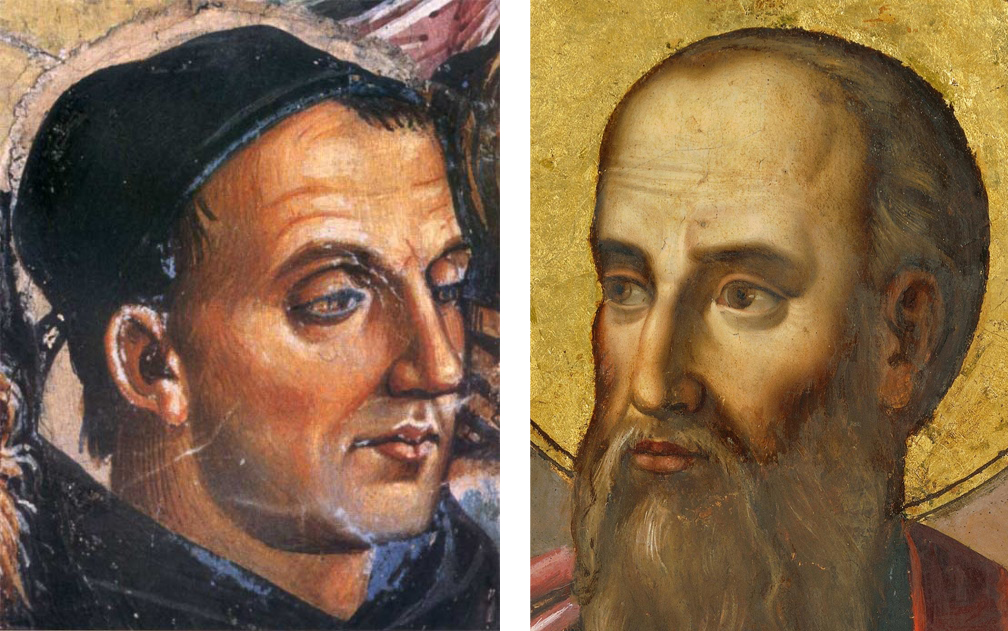"He who does Christ's work, must stay with Christ always."

One of the greatest Christian artists is Giovanni Fiesole, better known to the world as Blessed Fra Angelico, the "Angelic Brother." Fra Angelico is a patron saint for artists. His style of painting beautifully bridges the iconographic and gothic traditions. Giorgio Vasari, author of "Lives of the Artists," referred to Angelico as a "rare and perfect talent."
Very little of his writings have survived the centuries but one phrase still resonates, more than 400 years after his death. "He who does Christ's work, must stay with Christ always."
Saint Paul, in his letter to the Galatians said something similar. "I live; yet now, it is not I, but truly Christ, who lives in me. And though I live now in the flesh, I live in the faith of the Son of God, who loved me and who delivered himself for me." Galatians 2:20
What does it mean when Paul tells us it is no longer he who lives but Christ who lives in him? What does it mean to stay with Christ always?
In Paul’s time it was believed that the only way to have a right relationship with God was to follow the law, the Ten Commandments and all the thousands of rules that derive from them.
But Paul rejected this idea and preached that the only road to justification, to having that right relationship with God, is through faith in Jesus Christ.
It is not enough to simply “follow the rules” and stay out of trouble. If that is all we do then we are trying to achieve heaven by our own merits. God wants more from us than that.
God invites us into a relationship of friends and family, a relationship of love. This type of relationship is a living, dynamic one. To love Christ and to want to be near Him is to be crucified with Him.
It means standing up for the Truth even when it is unpopular. It means finding time to pray. It means that we stay faithful to the teachings of Jesus. And it means that when we fail, we humbly confess our sins as we would apologize to a friend we have hurt, so that that relationship can be restored.
It means that we must reflect Christ to the whole world, so that when people look at us they do not see us, they see Christ.
For the Artist this means we must deeply consider our vocation, John Paul II described it as a vocation of beauty. Do we work to bring beauty to the world? Do we use our gifts to lift peoples hearts and minds to God? Does our work reflect His splendor and bring hope and joy to our brothers and sisters? This does not mean that every artist must confine themselves to religious art, but it does mean that we may be called to sacrifice lucrative opportunities. or turn away from work that does not suit our vocation. But in the end that is what it means to live for Christ and not for ourselves.
Pax Vobiscum
The Master's Gold: A Catechism for Artists
this article originally appeared at www.DeaconLawrence.org
______________________________________
Pontifex University is an online university offering a Master’s Degree in Sacred Arts. For more information visit the website at www.pontifex.university
Lawrence Klimecki is a deacon in the Diocese of Sacramento. He is a public speaker, writer, and artist, reflecting on the intersection of art and faith and the spiritual “hero’s journey” that is part of every person’s life. He maintains a blog atwww.DeaconLawrence.org

